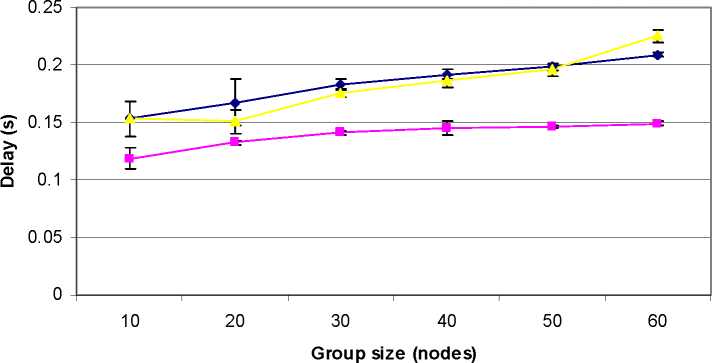Figure 5.11 shows the delay time for the packets to be received by the receivers when the
group size increases. The results shows that SARM performs less delay time to perform
the packet delivery and this delay time increases slightly when the group size increases.
Whereas, in E2M and DDM one can notice that the values increases in high values when
the group size increases. SARM performs better in this evaluation because SARM has the
load distribution feature which will cause faster flow of packets. In E2M the delay comes
from the traffic waiting in the queues in the XFs. DDM delay comes from the high
processing time required in the intermediate nodes.
End to End Delay

SARM
-D- DDM
—⅛-E2M
Figure 5.11 End to end delay as a function of group size
5.8 Conclusions
This chapter proposed a new ad hoc protocol; the proposed protocol supports the mobility
in multicast ad hoc networks. This protocol improves the scalability by performing
joining and leaving of nodes to be locally and by making the header in the data packets
with fixed size. The proposed protocol also introduced an efficient solution for link
failure in BNRs because of node mobility.
120
More intriguing information
1. Prizes and Patents: Using Market Signals to Provide Incentives for Innovations2. The name is absent
3. Financial Markets and International Risk Sharing
4. Multiple Arrhythmogenic Substrate for Tachycardia in a
5. Towards a Strategy for Improving Agricultural Inputs Markets in Africa
6. The name is absent
7. Thresholds for Employment and Unemployment - a Spatial Analysis of German Regional Labour Markets 1992-2000
8. How to do things without words: Infants, utterance-activity and distributed cognition.
9. Private tutoring at transition points in the English education system: its nature, extent and purpose
10. The name is absent